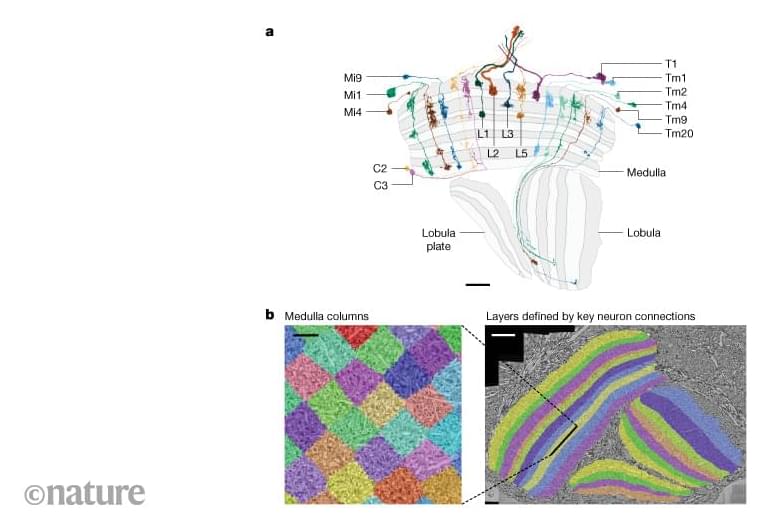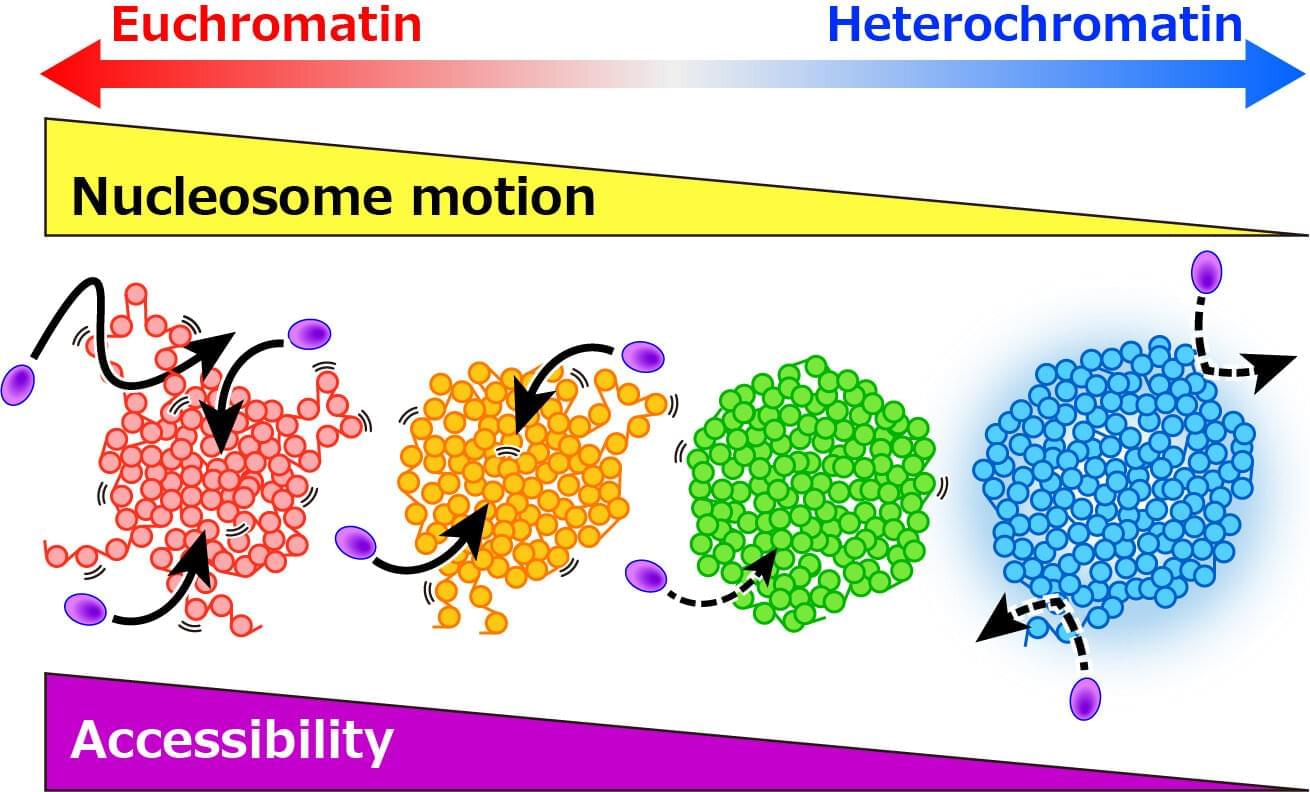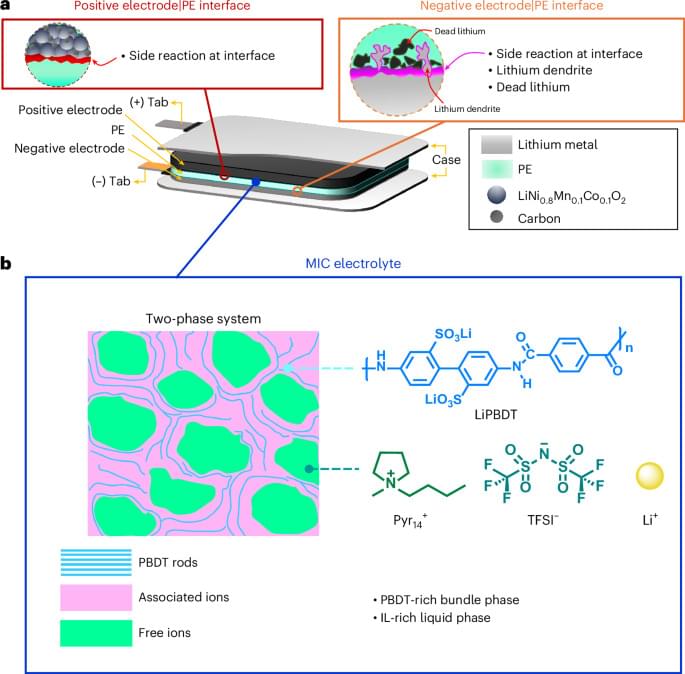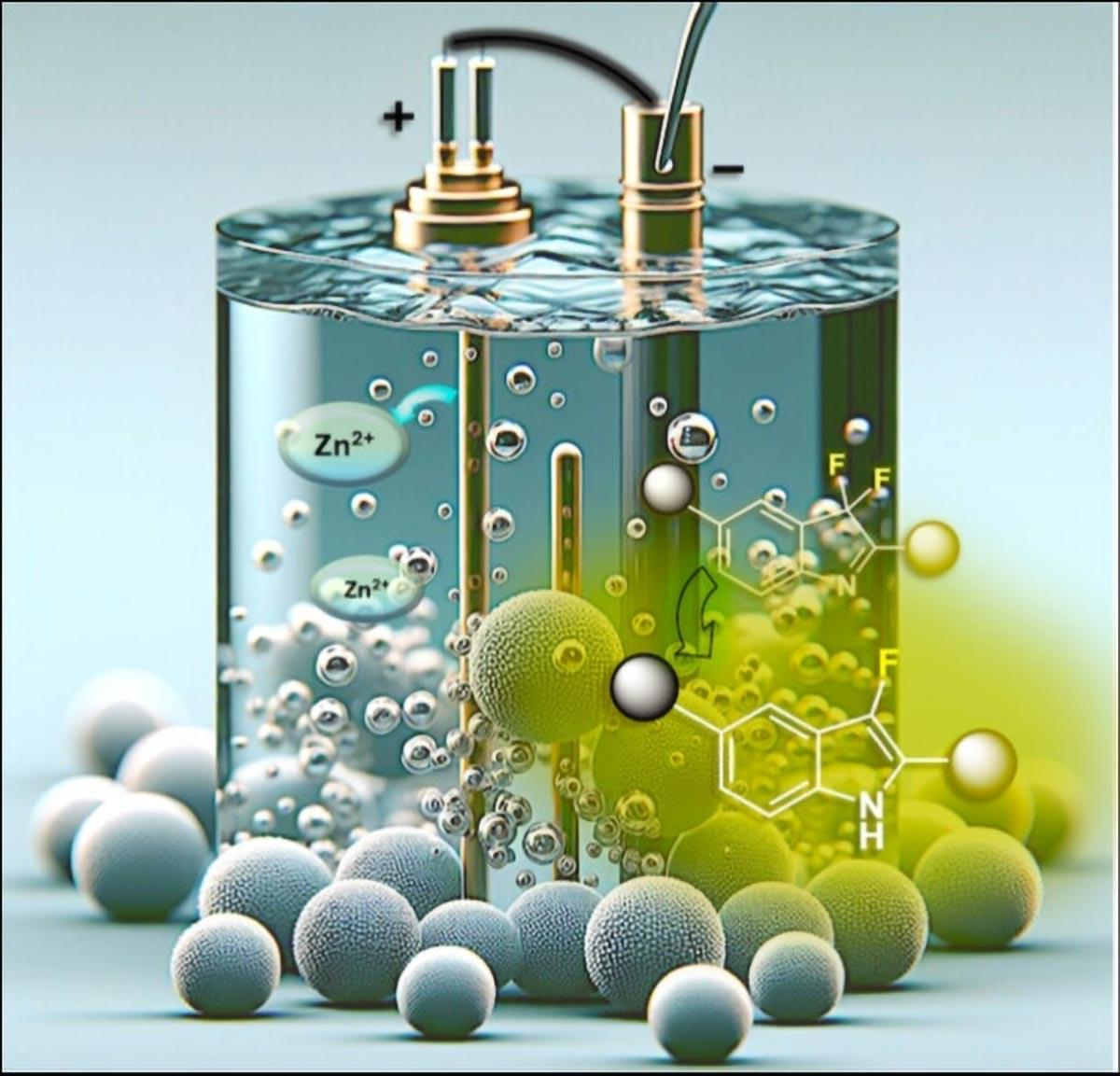An inventory of cell types and a connectome of the fly’s optic lobe are improving our understanding of how flies see the world.



All episodes of Common Side Effects are available to stream on Max.
Watch Adult Swim on Max: http://bit.ly/3Gy0aXA
SUBSCRIBE: https://youtube.com/adultswim1?sub_confirmation=1
About Adult Swim:
Watch Adult Swim on Max, www.adultswim.com or by downloading the Adult Swim app. Binge marathons or watch selected episodes of many of your favorite shows including Rick and Morty, SMILING FRIENDS, The Boondocks, Aqua Teen Hunger Force, and many more.
Connect with Adult Swim Online:
Download the APPS: http://www.adultswim.com/apps/
Visit Adult Swim WEBSITE: http://www.adultswim.com.
Like Adult Swim on FACEBOOK: https://facebook.com/adultswim.
Follow Adult Swim on TWITTER: https://twitter.com/adultswim.
Follow Adult Swim on INSTAGRAM: http://instagram.com/adultswim.
Watch Adult Swim in your country:
United Kingdom: https://bit.ly/AS_GB
Republic of Ireland: https://bit.ly/AS_GB
USA: https://bit.ly/AS_US
France: https://bit.ly/AS_FRA
Germany: https://bit.ly/AS_GER
Italy: https://bit.ly/AS_IT
Central and Eastern Europe: https://bit.ly/AS_HBOMAX
Denmark: https://bit.ly/AS_HBOMAX
Finland: https://bit.ly/AS_HBOMAX
Hungary: https://bit.ly/AS_HBOMAX
Netherlands: https://bit.ly/AS_HBOMAX
Norway: https://bit.ly/AS_HBOMAX
Poland: https://bit.ly/AS_HBOMAX
D-Wave Quantum Inc has deployed its hybrid approach to solve optimization problems and drug discovery hurdles in separate projects.

A team led by Professor Kazuhiro Maeshima of the National Institute of Genetics (ROIS) and SOKENDAI in Japan has developed a method to visualize different types of chromatin and reveal their distinct physical properties. They published their approach and findings on March 28 in Science Advances.
Inside every human cell, 2 meters of DNA must be tightly packed into a tiny nucleus. This DNA is wrapped around proteins to form chromatin, which exists in two main forms: euchromatin, where genes are active, and heterochromatin, where gene activity is suppressed.
“How these two types of chromatin are organized and behave inside living cells is still not well understood,” says Katsuhiko Minami, the first author of this study. “Until now, we lacked a way to specifically label euchromatin and heterochromatin in live cells.”
Qudit-based quantum computers simulate 2D quantum electrodynamics, revealing magnetic fields and particle interactions in new detail.



Researchers at the University of California, Los Angeles (UCLA) are developing a gene-editing therapy — designed to be delivered as a one-time inhalable treatment — that aims to correct the underlying mutations that cause cystic fibrosis (CF).
The team is using tiny fat-based particles to deliver the gene-editing machinery to lung stem cells, where, they believe, gene correction could be permanent. The treatment, according to a university news story, could offer hope to people with the genetic disease who do not benefit from current therapies.
CF is caused by mutations in the CFTR gene, which normally produces a protein of the same name. This CFTR protein helps regulate the flow of water and salt molecules in and out of certain cells, which is essential for the production of mucus. In CF, missing or dysfunctional CFTR instead results in the accumulation of thick and sticky mucus in several organs, particularly the lungs. This, in turn, leads to symptoms like shortness of breath, cough, and frequent lung infections.

Researchers at the University of Missouri, in collaboration with Novartis Pharmaceuticals, have developed a groundbreaking and environmentally friendly electrochemistry technique. This new method uses engineered “soapy” water, micelles made from natural amino acids and coconut oil, combined with electricity to drive chemical reactions in a safer, more sustainable way.
Unlike traditional electrochemical processes that rely on toxic solvents and electrolytes, this approach offers a non-toxic alternative. Led by Associate Professor Sachin Handa and graduate student Karanjeet Kaur, the team’s innovation could significantly reduce the cost of pharmaceutical manufacturing and advance clean energy technologies. It also shows promise in tackling environmental challenges, such as removing persistent “forever chemicals” like per-and polyfluoroalkyl substances (PFAS) from water.
These ball-shaped structures have two sides: one that mixes with water and the other that repels it. Their unique design allowed researchers to make electrochemical reactions more efficient by combining the traditional roles of solvents, electrolytes, and reaction boosters into one simple tool. Bonus: The reactions are highly efficient and selective.